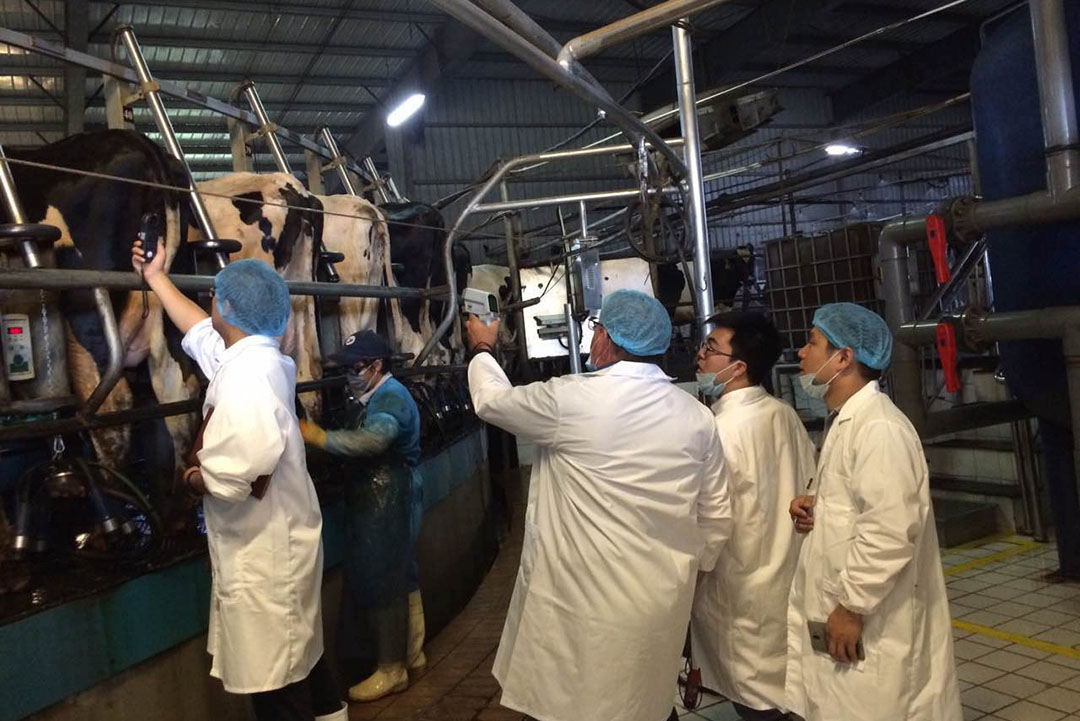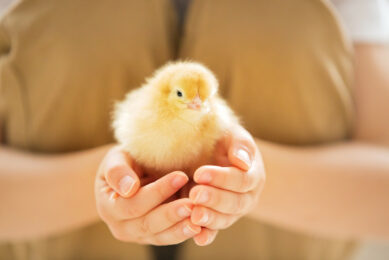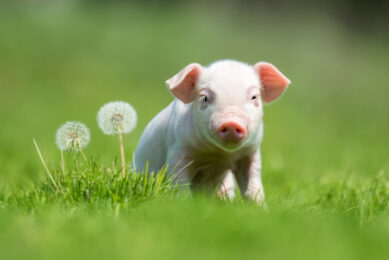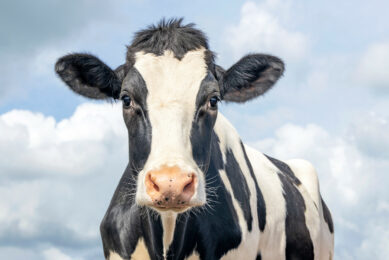Live yeast for improving milk yield in dairy cows

A large number of studies have shown that active yeast is beneficial to the improvement of ruminant production performance, but not all yeast strains can play a role in the rumen environment.
YeaVita R, produced by Angel Yeast, is screened from the rumen and can adapt to the complex internal environment of the rumen and the living yeast strains that play a role in it. However, it is difficult for ordinary yeast to adapt to the internal environment of the rumen.
The difference between YeaVita R and ordinary live yeast
Figures 1 and 2 show the different capacity of live yeasts. These 2 figures show that YeaVita R has a higher survival rate at high temperatures (40℃ or 42℃) and lower pH (5.5 or 6.0) which was closer to rumen environment.
While different live yeasts revived in the rumen, may have different properties. Table 1 shows that YeaVita R could have high levels of MCP, which is better for the transformation of inorganic nitrogen into organic nitrogen. Most importantly active yeast for ruminants has a high level of VFA in this vitro fermentation for 48h. Table 2 shows the effects of different live yeasts on milk yield starting from the peak lactation. It was found that YeaVita R can extend the peak lactation, and increase milk yield.
Effect of YeaVita R on milk yield of dairy cows
In an experiment, a total of 120 lactating cows were selected and divided into 2 treatment groups (Control group and YeaVita R group, as shown in Table 3) according to the principle of parity, lactation days and milk yield. YeaVita R was added to the yeast group (5g/ head/day), but not to the control group. In the yeast group, YeaVita R was mixed with the concentrate before adding the TMR mixer for blending.
From Table 4, it can be seen that the milk production of the 2 treatment groups before the test was close. From the 2nd week, the milk production of the yeast group was significantly higher than that of the control group, and the daily average milk production of the whole yeast group was 1.90kg higher than that of the control group. Compared with that before the test, the milk production in the control group decreased by 1.89kg in the 5th week, which was mainly related to the lactation stage of the test. The average lactation days in the 5th week were around 115 days, when the milk production began to decline. However, the amount of milk produced in the YeaVita R group was only 0.05kg lower than that before the test, indicating that after adding YeaVita R, the milk peak period was prolonged and the production was maintained.
Positive effects on feed digestibility
It can be seen from Table 5 that after adding the ruminant yeast treatment, the number of grains on the first layer is significantly reduced, with a reduction of nearly 60%. The number of residues in the first layer of the control group was significantly higher than that before the experiment, which was mainly affected by the composition of corn silage in different layers. However, the number of grains in the experimental group was significantly reduced under the condition of consistent basic diets, indicating that the addition of ruminant yeast increased the digestibility of pellet feed and reduced the residue in faeces.
On the one hand, live yeast as a ‘probiotic’ can regulate the structure of rumen microbial flora, improve rumen fermentation, and enhance the efficiency of rumen microorganisms using ammonia nitrogen to synthesise microbial protein. On the other hand, it serves as a probiotic for direct digestion, absorption and utilisation of rumen and intestine of ruminants. Therefore, as a natural feed additive, live yeast can improve the production performance and product quality of ruminants, and has broad application prospects for ruminant health and breeding efficiency.
Author: Xiao Xiangqian, Product Manager and Chen Zhongping, Technical Manager, Angel Yeast Co., Ltd, China






